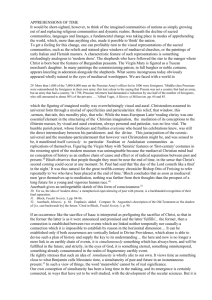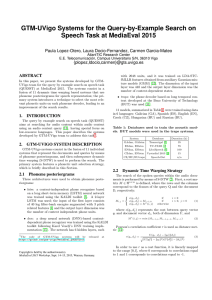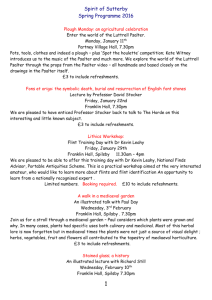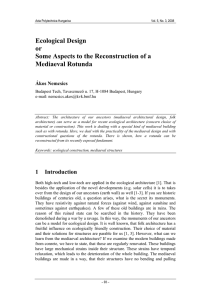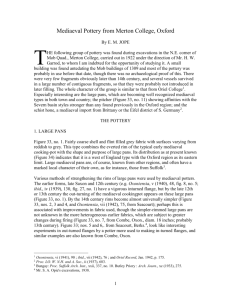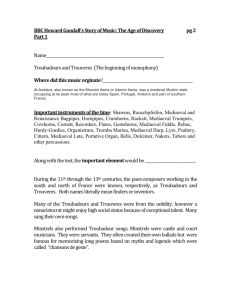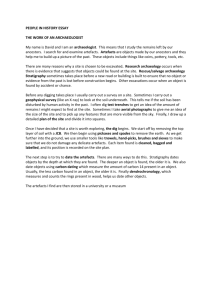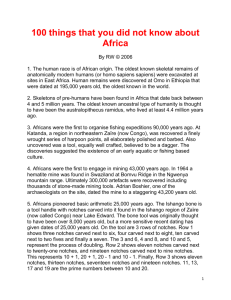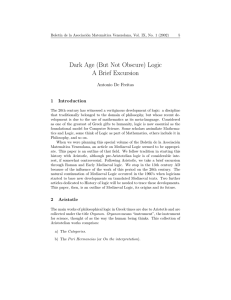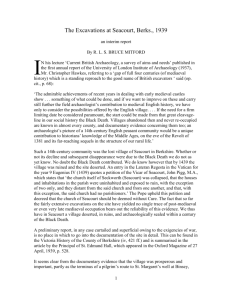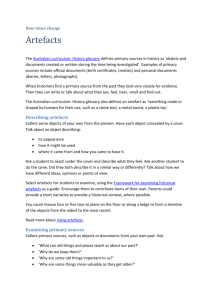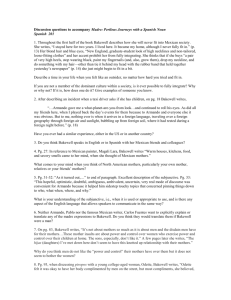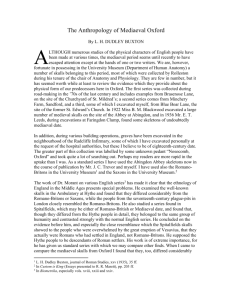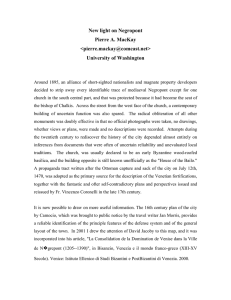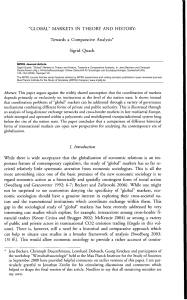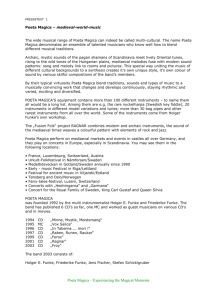Synopsis - Old House Museum
advertisement
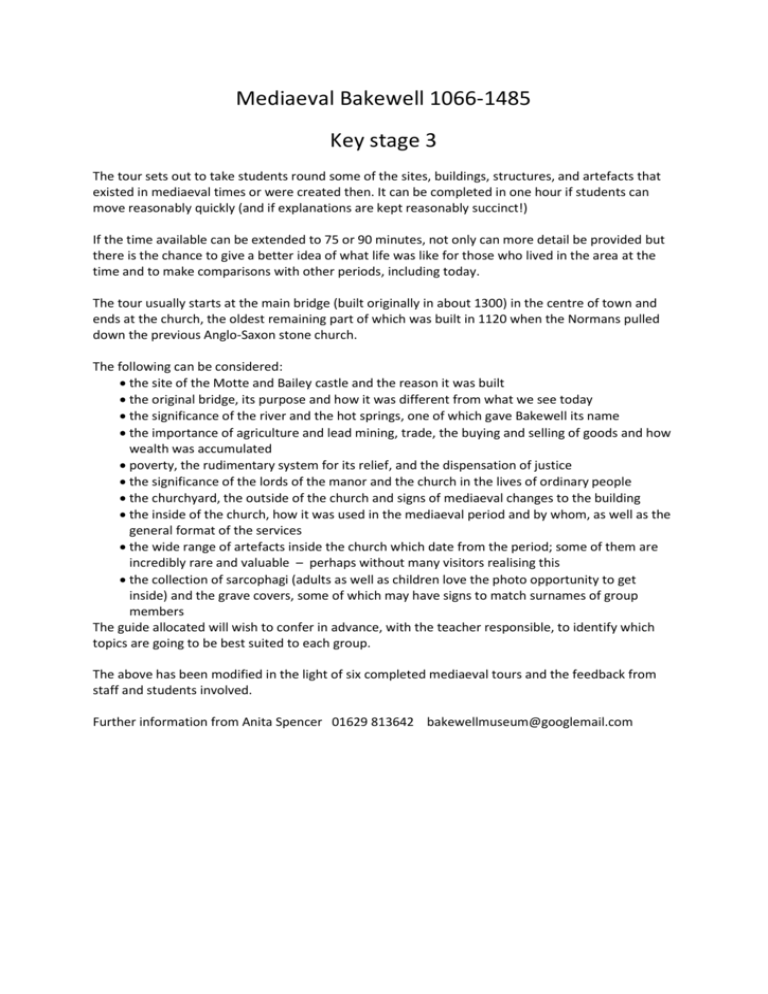
Mediaeval Bakewell 1066-1485 Key stage 3 The tour sets out to take students round some of the sites, buildings, structures, and artefacts that existed in mediaeval times or were created then. It can be completed in one hour if students can move reasonably quickly (and if explanations are kept reasonably succinct!) If the time available can be extended to 75 or 90 minutes, not only can more detail be provided but there is the chance to give a better idea of what life was like for those who lived in the area at the time and to make comparisons with other periods, including today. The tour usually starts at the main bridge (built originally in about 1300) in the centre of town and ends at the church, the oldest remaining part of which was built in 1120 when the Normans pulled down the previous Anglo-Saxon stone church. The following can be considered: the site of the Motte and Bailey castle and the reason it was built the original bridge, its purpose and how it was different from what we see today the significance of the river and the hot springs, one of which gave Bakewell its name the importance of agriculture and lead mining, trade, the buying and selling of goods and how wealth was accumulated poverty, the rudimentary system for its relief, and the dispensation of justice the significance of the lords of the manor and the church in the lives of ordinary people the churchyard, the outside of the church and signs of mediaeval changes to the building the inside of the church, how it was used in the mediaeval period and by whom, as well as the general format of the services the wide range of artefacts inside the church which date from the period; some of them are incredibly rare and valuable – perhaps without many visitors realising this the collection of sarcophagi (adults as well as children love the photo opportunity to get inside) and the grave covers, some of which may have signs to match surnames of group members The guide allocated will wish to confer in advance, with the teacher responsible, to identify which topics are going to be best suited to each group. The above has been modified in the light of six completed mediaeval tours and the feedback from staff and students involved. Further information from Anita Spencer 01629 813642 bakewellmuseum@googlemail.com
